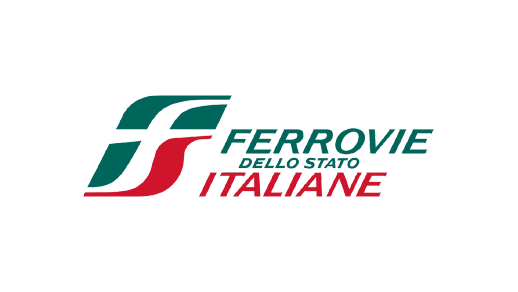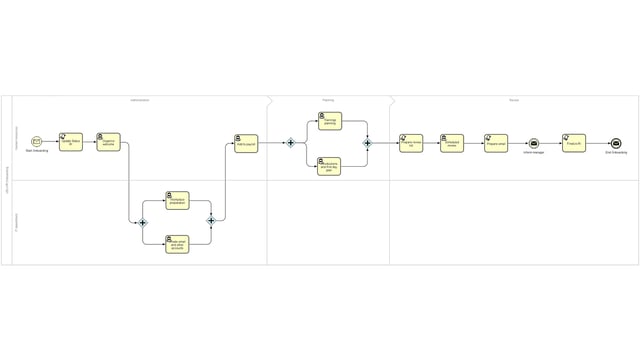- Home
- IT Service Management
- Enterprise Service Management
Enterprise Service Management


Why Enterprise Service Management matters
More efficient services
Higher employee satisfaction
Cross-departmental synergy
What you get with Enterprise Service Management
IT Services
Our Enterprise Service Management solution builds on the same proven platform as our ITSM tool—tailored to extend powerful service workflows beyond IT. All IT features—such as incident, problem, change and configuration management—remain fully available. This provides a reliable base upon which additional enterprise services are layered, giving you a unified tool for managing all service processes.
Enterprise Services
ESM empowers HR, Finance, Facility Management and other non-IT departments to digitize their service processes. These teams benefit from digital workflows, self-service tools and automation—just like IT.
ESM doesn’t replace existing core systems but adds a smart process and communication layer that ensures all stakeholders know their tasks and the current status.
Service Catalog
Self-Service
Asset Management
Extend asset tracking beyond traditional IT. Thanks to the flexible data model, you can register and manage any kind of asset—from company cars and office furniture to manufacturing equipment. These can then be linked to service processes for smooth end-to-end workflows.
Knowledge Management
ESM reduces repetitive queries by integrating a knowledge base. This ensures fast, consistent answers to common employee questions, freeing up service staff and improving first-contact resolution rates across departments.
Workflows
Model and automate cross-functional service processes with customizable workflows. ESM allows you to span multiple departments and systems, orchestrating complex service delivery from a single platform. This means fewer bottlenecks, faster service and better transparency for all stakeholders.

Integrations
Connect Enterprise Service Management seamlessly with your existing systems. Whether it’s HR software, facility tools or finance platforms, ESM integrates via standard interfaces or APIs to ensure data flows across applications without manual duplication. This allows you to orchestrate end-to-end processes across multiple systems, boosting efficiency and data consistency throughout your enterprise.
Software that’s easy to work with
Enterprise Service Portal
Digital access to all enterprise service organizations
Enterprise Service Shop
All enterprise services available through one user interface
The Top Global Vendors for IT and Enterprise Service Management 2025


Get in touch with an expert
Do you have questions about our offering? A quick call can be way more helpful than a long email chain. Talk to one of our experts to explore our products and see them in action.

Brian Riley
Sales Development
IT Service Management
Send us a message
No matter if you like to partner with USU or just have a few questions.

